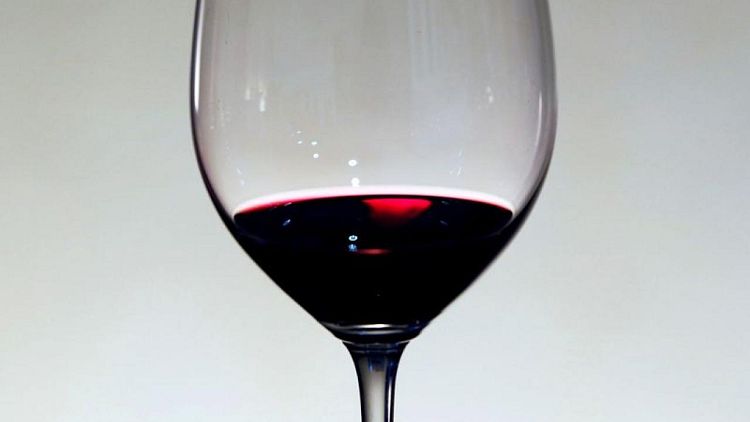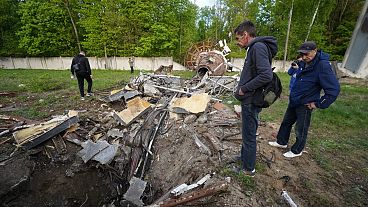PARIS - France faces its lowest wine output since records began after vineyards were hit by spring frost and disease, the farm ministry said on Tuesday.
It forecast production at 33.3 million hectolitres this year, down 29% and 25% below the average of the past five years.
"The spring frosts cut down a good part of the production, which will be historically low, below those of 1991 and 2017," the ministry said in a statement.
Diseases had accentuated the losses, it said.
French wine output in 1991 and 2017 had also been affected by severe spring frosts.
The ministry's first outlook for national wine output last month had projected a fall of 24%-30% from 2020 to between 32.6 million hectolitres and 35.6 million hectolitres.
A hectolitre is the equivalent of 100 litres, or around 133 standard wine bottles.
Almost all wine-growing regions were affected by adverse weather, although with varying intensity, the ministry said.
Champagne output was expected to fall by 36% from last year as heavy summer rainfall lead to the development of mildew fungus, adding to the frost losses. Fungus attacks lead the grapes and the leaves to dry up.
Producers had warned in July that half of the harvest could be lost, although there should be no impact on supply to the market thanks to reserves of previous output.
The Burgundy-Beaujolais region was also severely hit, with total output seen falling 47% from last year due notably to frost, hail and disease cutting off a good part of the Burgundy harvest, the ministry said.
In the Bordeaux region, output was seen falling by 25% from last year. The Sauvignon area was severely hit by frosts which will hit white wine output, while merlot grapes, used notably in Saint-Emilion and Pomerol origins, suffered from disease attacks, the ministry said.
Meanwhile the largest producing region, Languedoc-Roussillon, was expected to record a fall of 32% from last year, with additional damage from dry weather.



